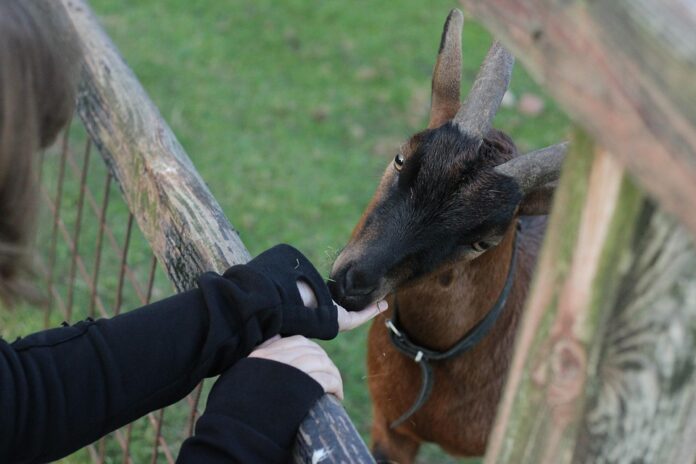Introduction
In humid climates, feed safety and mold control are critical aspects of animal husbandry and agriculture. When moisture levels are high, the risk of mold growth in feed increases, posing a threat to the health and well-being of livestock. In this report, we will explore the importance of feed safety and mold control in humid climates, highlighting the challenges faced by farmers and the strategies they can employ to mitigate these risks.
The Impact of Moldy Feed on Livestock
Health Risks
Moldy feed can have serious consequences for livestock health. When animals consume mold-contaminated feed, they may be exposed to mycotoxins, which are toxic substances produced by molds. Mycotoxins can have a range of negative effects on animals, including reduced growth rates, impaired immune function, and reproductive issues. In severe cases, mycotoxin exposure can even be fatal.
Economic Losses
In addition to the health risks posed by moldy feed, farmers also face significant economic losses. Contaminated feed can lead to decreased feed efficiency, lower milk production, and reduced weight gain in livestock. Furthermore, moldy feed may need to be discarded, resulting in wasted resources and additional costs for farmers.
Challenges in Humid Climates
High Moisture Levels
One of the primary challenges faced by farmers in humid climates is the presence of high moisture levels. Moist conditions create an ideal environment for mold growth, increasing the risk of feed contamination. In regions with high humidity, such as tropical and subtropical areas, farmers must be especially vigilant in monitoring feed storage conditions to prevent mold growth.
Lack of Proper Storage Facilities
Another challenge in humid climates is the lack of proper storage facilities for feed. In some regions, farmers may not have access to adequate storage options, leaving feed vulnerable to moisture and mold. Improper storage can exacerbate the risk of mold contamination, making it essential for farmers to invest in suitable storage solutions to protect their feed.
Strategies for Feed Safety and Mold Control
Regular Monitoring
One of the most effective strategies for ensuring feed safety and mold control is regular monitoring. Farmers should regularly inspect feed storage areas for signs of mold growth, such as musty odors or visible mold. By identifying and addressing mold contamination early, farmers can prevent the spread of mold and minimize the risk to livestock.
Proper Storage Practices
Proper storage practices are essential for preventing mold growth in feed. Farmers should store feed in well-ventilated areas with low humidity levels to reduce the risk of mold contamination. Additionally, feed should be stored off the ground and away from walls to allow for air circulation and prevent moisture buildup.
Use of Mold Inhibitors
In some cases, farmers may choose to use mold inhibitors to prevent mold growth in feed. Mold inhibitors are chemical compounds that can be added to feed to inhibit the growth of mold and prevent mycotoxin production. While mold inhibitors can be effective in controlling mold growth, farmers should carefully follow usage instructions to ensure the safety of their livestock.
Industry Insights and Trends
Market Demand for Feed Safety Solutions
The demand for feed safety solutions is on the rise, driven by increasing awareness of the health risks associated with moldy feed. As a result, companies in the animal nutrition industry are developing innovative solutions to address mold control and feed safety. This includes the development of new feed additives, improved storage technologies, and advanced monitoring systems to ensure the quality of feed products.
Financial Impact of Mold Contamination
The financial impact of mold contamination on livestock production can be significant. According to industry data, mold-related losses in feed quality and animal performance can cost farmers millions of dollars each year. By investing in feed safety measures and mold control strategies, farmers can minimize economic losses and protect the health of their livestock.
Conclusion
In conclusion, feed safety and mold control are essential considerations for farmers in humid climates. By implementing strategies such as regular monitoring, proper storage practices, and the use of mold inhibitors, farmers can mitigate the risks associated with moldy feed and protect the health and well-being of their livestock. As the demand for feed safety solutions continues to grow, it is crucial for farmers to stay informed about industry trends and best practices to ensure the quality and safety of their feed products.



